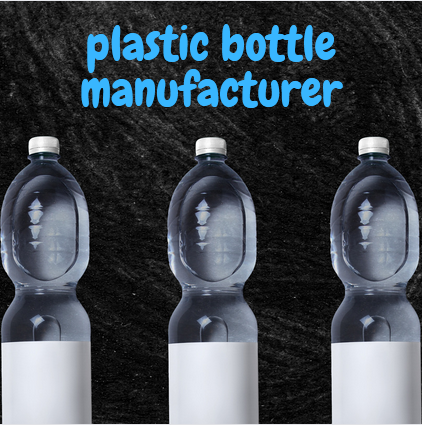Plastic bottle manufacturers are essential for the packaging of food products and beverages. They offer high-quality packaging solutions that allow for light weighting and flexibility, with a variety of materials, such as Polyethylene Terephthalate and Co-extrusion. However, it is important to know that some factors are to be considered before deciding which type of plastic bottle is the right option for your product.
Polyethylene Terephthalate
Polyethylene terephthalate (PET) is a clear, strong wholesale plastic that is widely used in bottles, containers, and packaging. PET is a polymer that can be formed into long molecular chains, making it a versatile plastic. This material can be found in water bottles, milk bottles, detergent bottles, and other types of bottles. It is also a great material for making reusable containers.
There are several different manufacturing techniques that are used to produce plastic bottles. These include stamp molding, blow molding, and stretch blow molding. Depending on the type of bottle, you will find that different polymers can be used to make it.
Some of the more popular types of bottles are made from polycarbonate. These are strong, durable, and have exceptional optical properties. They are often used for reusable bottles and for high-end packaging.
Blow Molding Vs Injection Molding
Blow molding and injection molding are two methods of manufacturing plastic bottles. Each has its own advantages and disadvantages. Knowing the differences will help you decide which method to use. Choosing the right method depends on the product you are attempting to manufacture. Blow molding is a cheaper option. It uses less expensive tooling and requires less precise air pressure.
Injection molding is more expensive. This process uses multiple machines and larger equipment. You also have to have a skilled operator. The hardest part is building an error-free mold. If you are going to produce a high-quality plastic bottle, you need to partner with an experienced injection molded.
Although both processes have their own advantages and disadvantages, it is important to understand which one is better for your needs. For instance, if you are trying to make a simple, hollow plastic bottle, then blow molding would be more appropriate. However, if you need a complex product that needs high quality and accuracy, then injection molding is a better choice.
Co-extrusion
Co-extrusion is a process where a film is produced with a combination of layers of different plastics. This type of manufacturing is useful in many industries, including the construction industry, medical, and food packaging.
Plastics are joined together in
an extrusion process to make a product that is stronger, more durable, and has
features that cannot be produced with a single material. Some of the properties
that are often achieved by co-extrusion include slip, flexibility, and color.
Co-extrusion also improves the aesthetic qualities of the finished product. For example, co-extrusion can create a smooth, glossy outer layer for a cosmetic bottle, which is essential for bright and printable surfaces. It can also provide an air and water barrier for food products.
Co-extrusion can be a cost-effective solution to some of the problems associated with blending materials. However, it does require several extrusion machines and complicated dies. Also, the material melting points vary greatly. The process can degrade the lower-melting-temperature material, which is undesirable.
Flexible Packaging
Flexible packaging is made with a range of materials. Typically, it uses plastics and other flexible materials. It is also available in a variety of colors and configurations. Besides food, flexible packaging can be used for many other products.
One of the most notable advantages of flexible packaging is its high tensile strength and puncture resistance. This gives it a higher product-to-package ratio and a longer shelf life. Another advantage is its light weight. These benefits help reduce carbon emissions and minimize transportation costs.
Moreover, flexible packaging has been widely adopted by food manufacturers. Consumers love its convenience, ease of handling, and safety. Food items often packaged in flexible packaging include milk, cheese, yogurt, and butter. Other foods that can benefit from this type of packaging include chips, frozen food, and sauces.
Light Weighting
Light weighting plastic bottle manufacturers is an initiative that aims to drastically reduce the amount of plastics used in the beverage industry. This can save the consumer money and the environment while also reducing the overall cost of packaging.
Although there have been a number of improvements in technology, there has been little research into the performance of these light weighting technologies. But as the beverage industry continues to play a growing role in the plastic bottle market, resin suppliers are rushing to develop new and sustainable solutions.
The advent of the new LNO w resin from Phoenix Technologies means that food grade bottles can now be produced from recycled PET. However, a new study reveals that these lightweight PET containers may not be as good at minimizing their carbon footprint as some might think.

